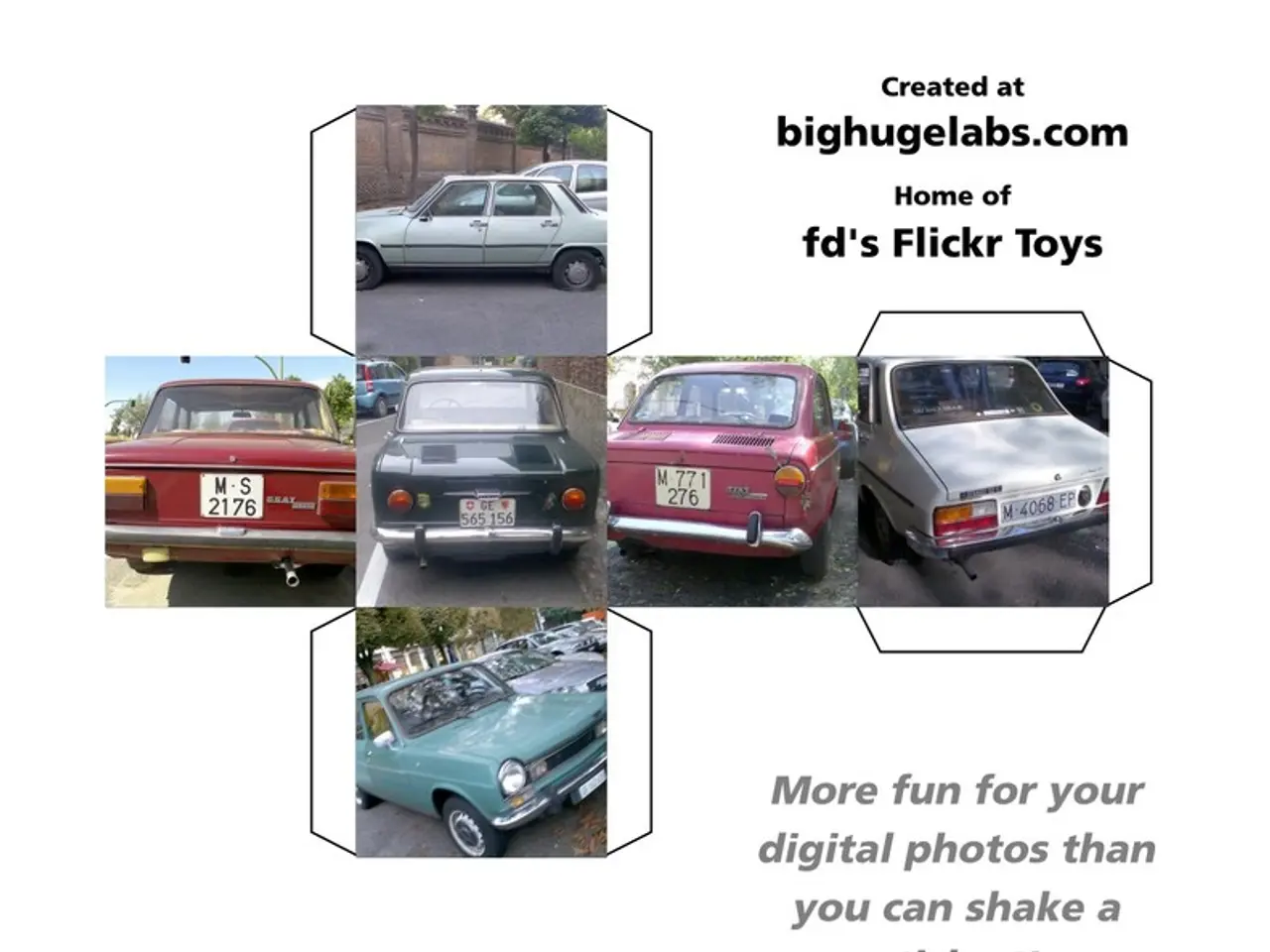Uniting the Digital and Physical Worlds: The Burgeoning Impact of Spatial Computing on Corporate Operations
Spatial computing, a technology that allows devices to process and react to spatial data in real-time, is redefining the way we interact with the digital world. This innovative technology is playing a transformative role across various industries, bridging the gap between digital content and the physical world.
In the realm of customer interactions, spatial computing technologies like augmented reality (AR) and virtual reality (VR) are revolutionizing retail and consumer goods sectors. Virtual try-ons and product visualization, made possible by these technologies, are increasing conversion rates and reducing product returns. This fusion of digital and real-world elements is making shopping more interactive and accessible, anytime and anywhere.
In industries such as manufacturing, healthcare, logistics, and architecture, spatial computing is enabling advanced workforce training. Virtual reality simulations replicate complex workflows and machinery handling, leading to faster onboarding, better retention, and lower operational risks. AR-guided processes are also enhancing efficiency and reducing errors in field service operations.
Spatial computing is facilitating remote collaboration by providing a sense of presence in digital environments that traditional video conferencing cannot offer. Organizations can maintain productive teamwork despite physical distances. Enterprises in construction, agriculture, and transportation are integrating spatial computing with technologies like digital twins and mixed-reality devices to overlay digital models on real-world objects, anticipate equipment failures, and streamline workflows.
Adopting spatial computing can help businesses set the pace for a more immersive, efficient, and resilient future. However, it's important to note that this transition requires careful planning. Businesses need to evaluate their existing infrastructure and integration capabilities, equip teams with the skills to work with spatial tools, and build safeguards for privacy and ethics compliance, as spatial data can be sensitive.
In healthcare, mixed reality overlays during surgeries are improving precision and outcomes. Smart glasses and spatial tracking systems in logistics are helping optimize picking and packing processes. Spatial computing applications in various industries, such as manufacturing, logistics, and healthcare, are improving safety, reducing human error, and enabling predictive maintenance.
Moreover, spatial computing offers a pathway for businesses to enhance productivity without expanding headcount. AR-powered maintenance tools in manufacturing, for instance, reduce downtime by guiding technicians with real-time instructions. In real estate, prospective buyers can tour properties remotely using immersive 3D walkthroughs.
Location-based AR experiences are also redefining gaming and live events in entertainment. Spatial computing accelerates innovation cycles with real-world testing and feedback loops, helping businesses deliver differentiated experiences amid commoditized markets.
In conclusion, spatial computing is driving measurable business impact by enhancing immersive customer experiences, transforming training and collaboration modalities, optimizing industrial operations, and enabling integrated product development across sectors. This technology, by bridging digital intelligence with physical reality, offers a powerful toolkit for navigating technological disruption. As businesses embrace spatial computing, they are well-positioned to thrive in the digital age.
- Spatial computing technologies, such as augmented reality (AR) and virtual reality (VR), are enhancing the retail and consumer goods sectors, with virtual try-ons and product visualization increasing conversion rates and reducing product returns.
- In manufacturing, healthcare, logistics, and architecture, spatial computing is enabling advanced workforce training through virtual reality simulations and AR-guided processes, leading to faster onboarding, better retention, and lower operational risks.
- Spatial computing is facilitating remote collaboration by providing a sense of presence in digital environments, enabling organizations to maintain productive teamwork despite physical distances.
- Adopting spatial computing can help businesses enhance productivity without expanding headcount, as demonstrated by AR-powered maintenance tools in manufacturing and immersive 3D walkthroughs in real estate.




